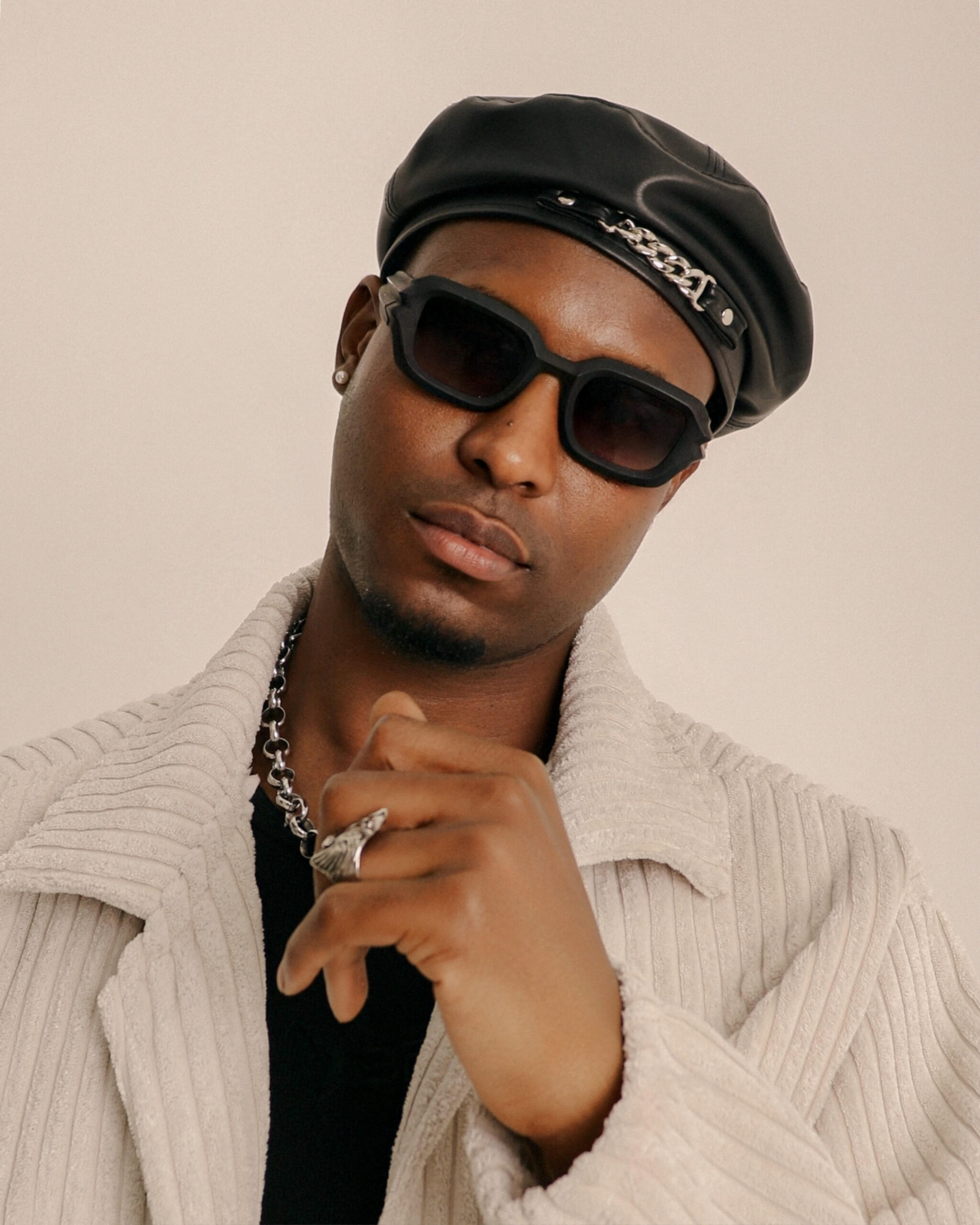Tragedy in Kurram: The Devastating Attack That Claimed 38 Lives

Tragedy in Kurram: The Devastating Attack That Claimed 38 Lives
What began as an ordinary day for travelers in Pakistan’s Kurram district turned into an unspeakable tragedy. Gunmen ambushed passenger vehicles, opening fire without warning and leaving 38 people dead in a chilling act of violence. This harrowing incident has not only shaken the region but also reignited urgent questions about safety, sectarian tensions, and governance in Pakistan’s troubled northwest.
As the world mourns the victims, we delve deeper into the events of that fateful day and their broader implications.
The ambush occurred in the rugged and remote Kurram district, part of Pakistan’s Khyber Pakhtunkhwa province. A convoy of passenger vehicles was traveling along a mountainous route when gunmen suddenly emerged, blocking their path. Without warning, they unleashed a barrage of bullets on the unsuspecting travelers.
Witnesses recount the panic and chaos as passengers scrambled for cover, some fleeing into the surrounding wilderness. Survivors describe the attackers as heavily armed and merciless, targeting men, women, and children alike. The brutality of the assault has left the nation in shock, with survivors struggling to comprehend why they were targeted.
Kurram district is no stranger to violence. Situated near the Afghan border, the region has long been a hotspot for sectarian tensions and militant activity. Historically, Kurram has been home to both Sunni and Shia Muslim communities, with tensions between the two often erupting into violence.
Militant groups, including factions of the Taliban, have exploited these divisions, further destabilizing the area. Over the years, Kurram has seen numerous attacks on civilians, but the scale and ruthlessness of this latest assault have reignited fears of escalating violence.
The human cost of the attack is staggering. Among the 38 victims were families traveling together, children returning from school, and laborers heading home after a long day of work. The randomness of the violence has made it all the more devastating, with entire communities grieving the loss of loved ones.
In the aftermath, makeshift morgues have been set up in nearby towns to accommodate the bodies, while hospitals struggle to treat the injured. Heart-wrenching scenes of families searching for missing relatives highlight the deep pain and trauma inflicted on the community.
The attack has sparked outrage across Pakistan, with citizens demanding accountability and action. Prime Minister Anwar ul-Haq Kakar condemned the violence, vowing to bring the perpetrators to justice and enhance security in the region. Yet, for many, these promises feel hollow, as similar commitments have been made following past attacks with little follow-through.
Critics argue that the government’s inability to address sectarian tensions and dismantle militant networks has emboldened attackers. As protests erupt in cities across the country, the pressure is mounting on authorities to deliver tangible results.
The attack in Kurram is not an isolated incident but part of a worrying trend of escalating violence in Pakistan’s northwest. The resurgence of militant activity, coupled with deepening sectarian divides, poses a significant threat to national stability.
Beyond the immediate tragedy, this incident raises critical questions about the state of governance and security in Pakistan. How can the government protect its citizens in volatile regions like Kurram? What role do regional and international actors play in addressing the root causes of violence? These are questions that demand urgent answers as Pakistan grapples with its latest tragedy.
The massacre in Kurram is a stark reminder of the fragility of peace in regions plagued by sectarian tensions and militancy. As the nation mourns the 38 lives lost, it must also confront the systemic issues that allow such tragedies to occur.
Justice for the victims requires more than just catching the attackers—it demands a comprehensive strategy to address the root causes of violence, promote interfaith harmony, and ensure the safety of all citizens. Only then can Pakistan hope to break free from the cycle of bloodshed and move toward a future of peace and stability.
Do you find Tmaq Media useful? Click here to give us five stars rating!




















